When last we spoke of George Adamski, he claimed to have met a man from Venus in the Colorado Desert (Part of the Sonoran Desert) near Desert Center, California. This claim was arguably the starting point for the era of the “contactees,’ the moniker he created for himself and others who professed to have direct interaction with aliens. Though Orthon, the pseudonym Adamski applied to his Venusian, refused to be photographed, he did allow Adamski to keep a photograph he had taken of the landing site, in which the craft is supposedly visible.
Note that Adamski’s evidentiary photos are almost uniformly under or over-exposed, (as with the above example) making details very difficult to discern, especially given the grainy black-and-white nature of the image. Even under intense scrutiny, and using modern photographic enhancement tools, there doesn’t appear to be anything in the image which could reasonably be assumed to be an alien craft, let alone Earth-shattering evidence of extraterrestrial visitors. Despite this, devout UFO believers (as well as many of Adamski’s neo-theosophical followers) found it both compelling and convincing.
Despite refusing to pose for a commemorative photo, Orthon (who, I will remind you, was described as being a perfectly ordinary looking man with a deep tan and longish blond hair, despite being from another planet) did request an unexposed photographic plate. A month or so later, he returned the plate, and when Adamski developed it, it revealed the plans for a perpetual motion machine which could provide unlimited energy to the entire planet from a device the size of a small suitcase. Just kidding, of course. What it actually revealed were doodles and scribblings, which look as if a toddler got a hold of a crayon.
It was around this time that Adamski began corresponding with Desmond Leslie, an aspiring Irish author and filmmaker. At the time, Leslie was writing a history of aliens visiting Earth, which ultimately became a joint venture, The Flying Saucers Have Landed. The first half of the book was Leslie’s aforementioned “history,” heavily influenced by William Scott-Elliot’s The Story of Atlantis and the Lost Lemuria. The second half consisted of a detailed retelling of Adamski’s tale (up to that point). Leslie was a fellow neo-theosophist, and Landed would ultimately become a relatively significant text in the New Age movement (or neo-neo-theosophical movement).
In his follow-up book Inside the Space Ships (later retitled Inside the Flying Saucers), Adamski dove right in with little preamble. Having been drawn to Los Angeles by an overwhelming urge, Adamski was greeted by name by what appeared to be two perfectly normal well-dressed businessmen. As you may have deduced by my clever use of the word “appeared,” they were not, in fact, businessmen, but were actually aliens. However, neither of them were Orthon the Venusian… in fact, as is soon revealed, neither of them were Venusian at all!
“Lights and dwellings thinned as we left the outskirts of the city. The taller man spoke for the first time as he said, “You have been very patient. We know how much you are wondering who we are and where we are taking you.
“I acknowledged that of course I had been wondering, but added that I was entirely content to wait for this information until they chose to give it to me.
“The speaker smiled and indicated the driver. “He is from the planet you call Mars. I am from the one you call Saturn.””
As a reminder, Saturn is a gas giant, with a small rocky core covered in frozen hydrogen, all nestled in an atmosphere thousands of miles thick and dense enough to crush any human long before they ever got near the center. In the unlikely event there is life on Saturn (or in Saturn’s atmosphere) it is most definitely not human, nor would it resemble any kind of life we have ever observed (though some of the creatures found in the darkest depths of the oceans might provide some hints at what the characteristics of a “Saturnian” might be).
The pair drove Adamski into the desert, where he was reunited with Orthon the Venusian, who was just finishing forging a replacement for a part which had broken during landing. To Adamski’s surprise, Orthon now spoke perfect English, with only a hint of an accent. This would prove both useful in terms of communication, and convenient in terms of Adamski providing a narrative. Before the trio of new arrivals board Orthon’s ship, Adamski reveals that the aliens don’t have names the same way Earthmen do.
“While I want to make it very clear that the names I am introducing for these new friends are not their correct names, I wish to add that I have my own good reasons for choosing them, and that they are not without meaning in relation to those who will bear them throughout these pages.
“The Martian I shall call Firkon. The Saturnian is Ramu. My name for the Venusian will be Orthon.”
The trio then ushered Adamski aboard the newly repaired ship, and invited him to sit on a bench along the wall. A rubberized metal safety bar lowered onto his lap (much like one would find on a roller coaster or other carnival ride), and Orthon activated an instrument panel located across from the now seamlessly closed entry. Before long, Adamski realized he was seeing, through a large porthole in the floor, the roofs of houses gliding beneath the ship. They had taken off and were soon approaching a Venusian mother ship.
“Fascinated, I peered out through the portholes. There, below, I was able to make out a gigantic black shadow motionless beneath us. As we came nearer, its huge bulk seemed to stretch away almost out of sight, and I could see its vast sides curving outward and downward. Slowly, very slowly, we drew nearer until we were nearly on top of the great carrier. I was not astonished when my companion told me that she was about one hundred and fifty feet in diameter and close to two thousand feet in length.
“The spectacle of that gigantic cigar-shaped carrier ship hanging there motionless in the stratosphere will never dim in my memory.”
The craft entered an opening on the top of the large ship, where Adamski’s companions promised the secrets of the universe would be revealed. Thus began Adamski’s first (but not last) journey into space. In the final part of the tale, we’ll tour the solar system, learn that electromagnetism is magic, and solve the mystery of why Adamski chose those names for his tour guides. Until then, please like our Facebook page, and visit our website to discover loads of material on subjects of a more Earthly nature.

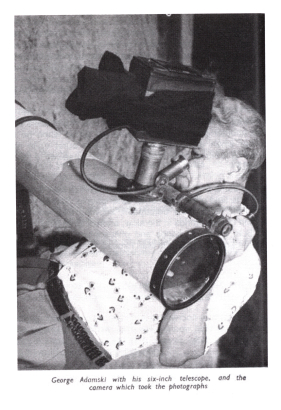

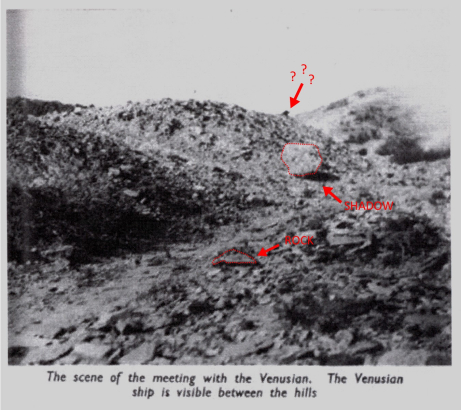
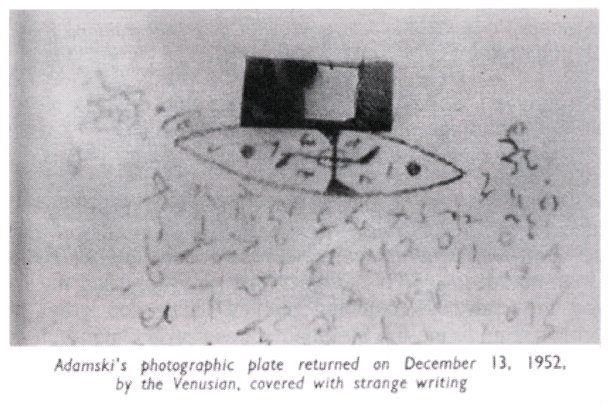
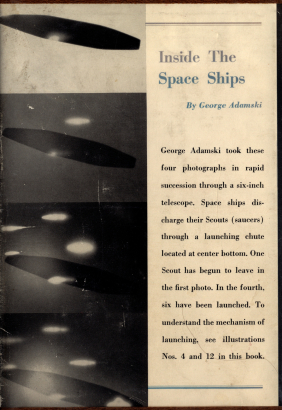
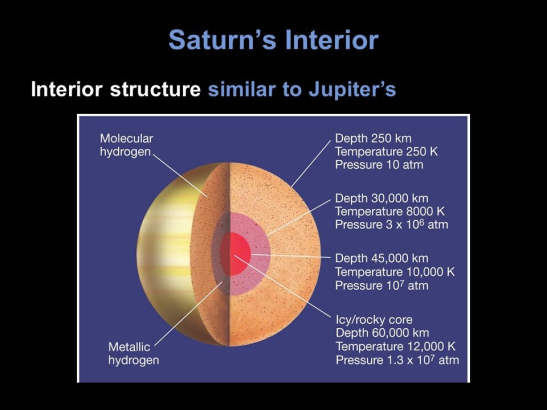
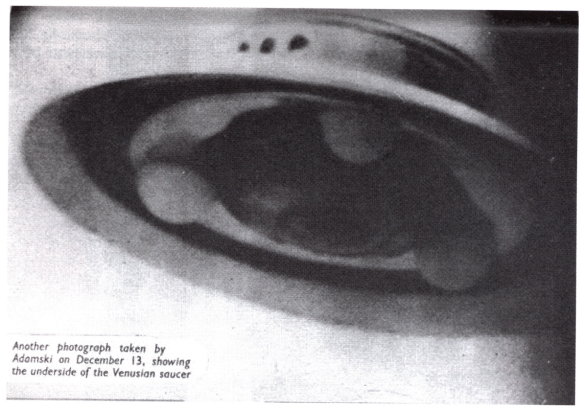
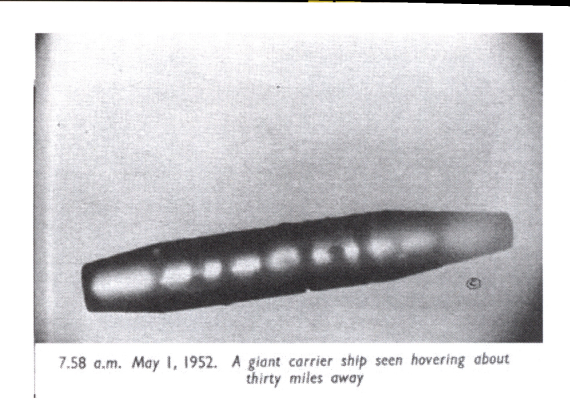
Comments
Timothy Good has researched…
Timothy Good has researched Adamski at length.
Be careful with your dismissive approach.
More to George than met the eye.
Germans from the underground…
Germans from the underground bases posing as aliens with vril technology... Skeptics will never understand...
Add new comment